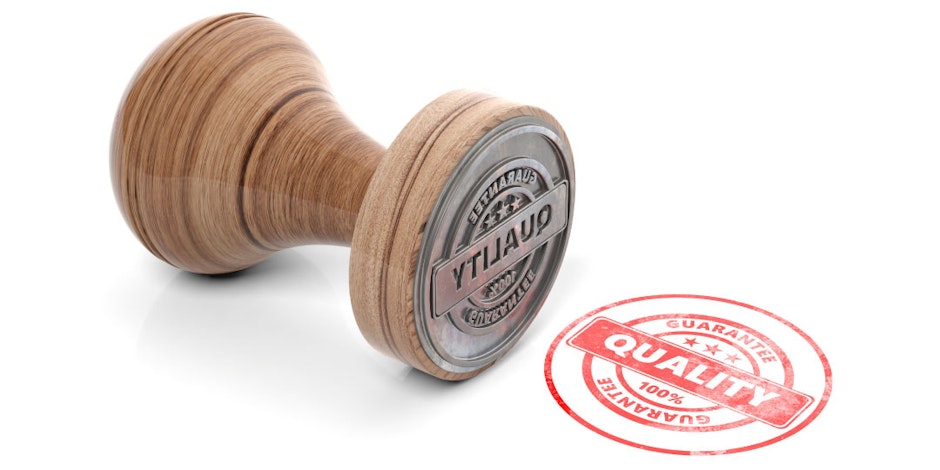Top 4 reasons why media quality should matter to marketers
Programmatic advertising has streamlined the media buying process to allow marketers to buy ads across multiple networks and exchanges with just a few clicks

The industry has created several solutions to make it easier for marketers to gain transparency into their transactions and find publishers that provide quality environments and human audiences. Here are four reasons why media quality should matter to marketers and tips to find quality media partners.
1.) It helps protect marketers’ budgets
Each year, billions are drained globally from digital advertising as fraudsters siphon money away from marketers’ budgets and steal ad revenue from quality media. The ‘spray and pray’ method of buying programmatic ads might result in higher impressions and lower CPMs, but it also puts campaigns at risk for ad fraud when marketers inadvertently buy ads that end up on fraudulent or low-quality websites. Marketers need to know exactly where their investment is going and invest in partners that have taken steps to provide transparency.
The industry has developed solutions to help media buyers learn more about their partners and where their money is going. The IAB Tech Lab creates tools and resources to make it easier to learn more about sellers. Ads.txt and app-ads.txt are files housed on publishers' websites that list all authorized sellers of a publisher’s inventory. Sellers.json lists all authorized sellers transacting on an exchange. Buyers can cross-reference these files to make sure authorized sellers are listed on both.
The organization also recently launched the IAB Tech Lab Transparency Center, an online resource that aggregates company data from across the supply chain to help buyers and sellers learn more about the industry standards and compliance programs their digital advertising partners adhere to. By accessing these resources, buyers can gain insight into their partners and direct their investment towards those that offer greater transparency.
2.) Quality publishers provide greater ROI
Ozy Media, a US-based media and entertainment company, recently made headlines about inflating its audience numbers by purchasing website traffic. The problem with purchasing traffic is that this traffic is often not human, and non-human traffic doesn’t offer marketers any real ROI.
Many marketers and media buyers have a process in place to vet their media partners, but as the above story illustrates, simply visiting a publisher’s website or meeting with the organization’s leader might not reveal issues such as whether the site provides legitimate human traffic and a quality advertising environment. It is essential for marketers to have independent assurance that the sites they advertise on have taken steps to ensure the traffic they deliver is human, which gives marketers the greatest potential for real engagement and ROI.
A digital publisher audit takes a deep dive into a publisher’s records, business practices and data to determine whether they have a process in place that delivers human audiences and minimizes fraud risk. The resulting validation helps quality publishers stand out as having valid human audiences and acts as a signal for marketers to make more informed media buying decisions. Through audits, marketers can easily find publishers vetted by a trusted third party without having to take the time to engage in a lengthy vetting process. They also receive greater assurance that the publisher has met industry standards and best practices for attracting an audience that offers real engagement and results.
3.) It improves brand safety
Brand safety concerns continue to be a top priority as marketers question whether content providers’ websites align with their company’s mission and values. Placing an ad on a website that contains content that stands in contrast to these values can be damaging to the brand’s image.
Solutions such as TAG’s Brand Safety Certification allows marketers to find partners committed to creating brand safe environments for digital advertisers and meeting industry standards and best practices. By knowing where their ads are being shown and partnering with publishers committed to adhering to brand safety industry standards, marketers gain greater control over the context in which those ads appear.
4.) It helps sustain quality media
There have also been concerns in the industry about major brands inadvertently funding websites that spread misinformation or placing ads on low quality sites that plagiarize others. There are several industry resources available to help marketers find media partners committed to creating accurate, quality content. These resources can help marketers create inclusion lists that they can use throughout the programmatic buying process to ensure their ads will be shown on websites committed to quality standards. By investing in websites that deliver accurate, informative content and journalism, marketers can support the quality publishers needed to have a sustainable, healthy advertising ecosystem.

